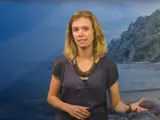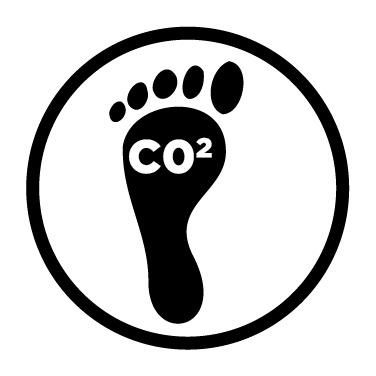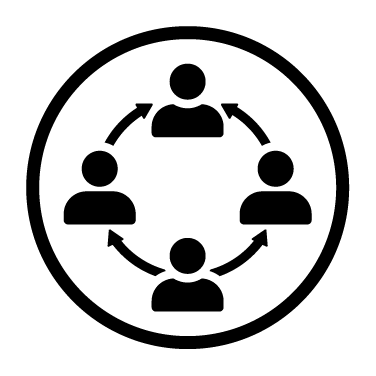As the century unfolds, the Bay of Plenty climate will change.
As temperatures rise, our wind, rainfall and seasonal patterns will shift and we will see more extreme events and unpredictability in our weather.
We’re already seeing the impacts of our changing climate, from new pests taking up residence to increasing coastal erosion to more drought like conditions.
The more that we do to cut carbon emissions and build resilience now, the better off we will be in the future.
Use the slider in the middle to see what different levels of emissions could mean for the Bay of Plenty climate in the future.
What we can expect
In 2019 we commissioned NIWA to analyse climate change projections and impacts for the Bay of Plenty Region. NIWA's technical report provides up to date information on changes we’re likely to see in our climate over the 21st century. Watch the short video to learn about the climate change implications projected for Bay of Plenty.
Interactive mapping tool
Alternatively, check out our interactive mapping tool which enables you to look at a number of climate change projections for Bay of Plenty. You can zoom into any area to see how Bay of Plenty is likely to be impacted by a changing climate and how these changes are affected by efforts to reduce carbon emissions.
Vertical land movement
Vertical land movement has a direct impact on local sea level along coastlines. In New Zealand some areas are going up and some parts are sinking. The NZ SeaRise interactive tool enables you to understand what vertical land movement means for sea level rise on your coastline.
What this means for the Bay of Plenty
We are already seeing the impacts of our changing climate, from new pests taking up residence to increasing coastal erosion due to more drought like conditions.
What we’re working towards
Climate change is at the heart of everything we do. It is built into all our decision making, planning and policy and we’re already taking a wide range of actions in response, both to reduce carbon emissions (mitigation) and respond to the changes in climate (adaptation).
Our Climate Change Action Plan 2021 -23 guides this work and drives our climate change focused work and projects.
Alongside our partners we’re working towards:
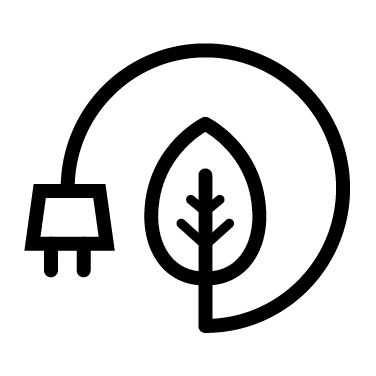
Bay of Plenty Regional Council being net carbon zero by 2050.
Reducing regional greenhouse gas emissions.
Preparing for and adapting to climate change.
Our BOP community is aware, engaged, and resilient.
Some of the projects we're working on include:
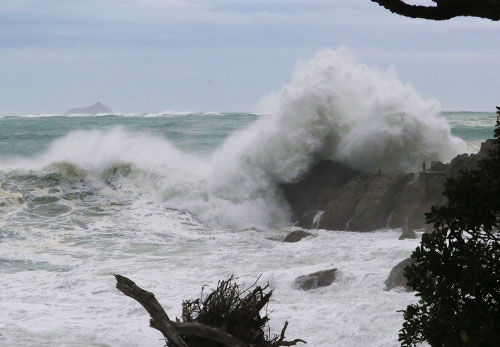
Motivated communities can access funds to support understanding
Motivated communities can access funding to support their planning
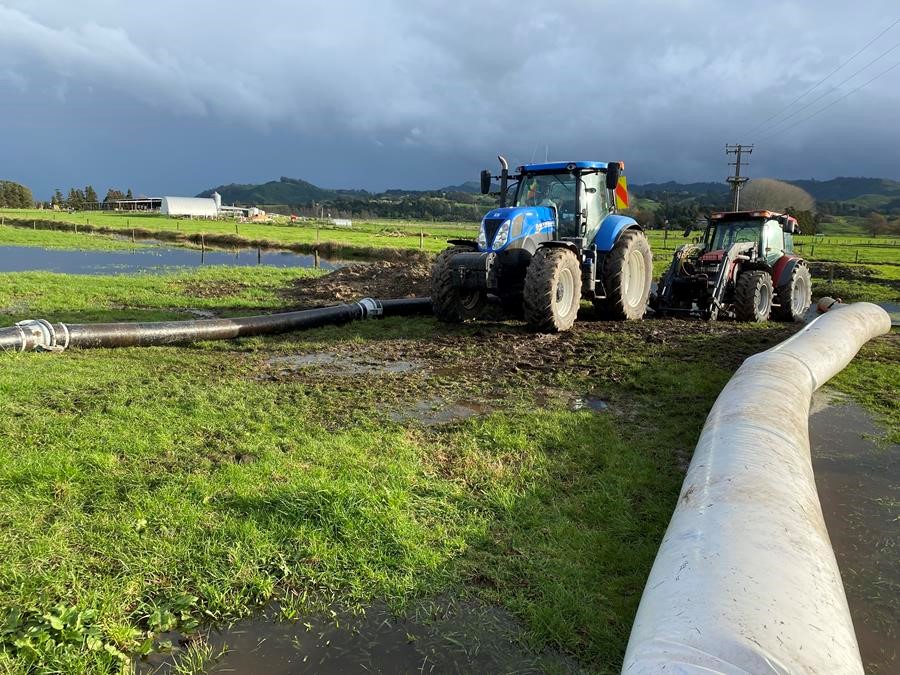
Despite set-back, Regional Council on track to reduce emissions
Toi Moana started measuring their carbon emissions in 2019 and have managed to reduce that overall figure by 8%.
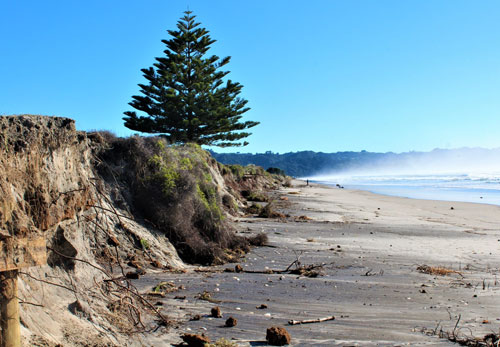
Regional Risk Assessment
It’s important we understand the risks climate change will present Bay of Plenty, so we know where to focus efforts.
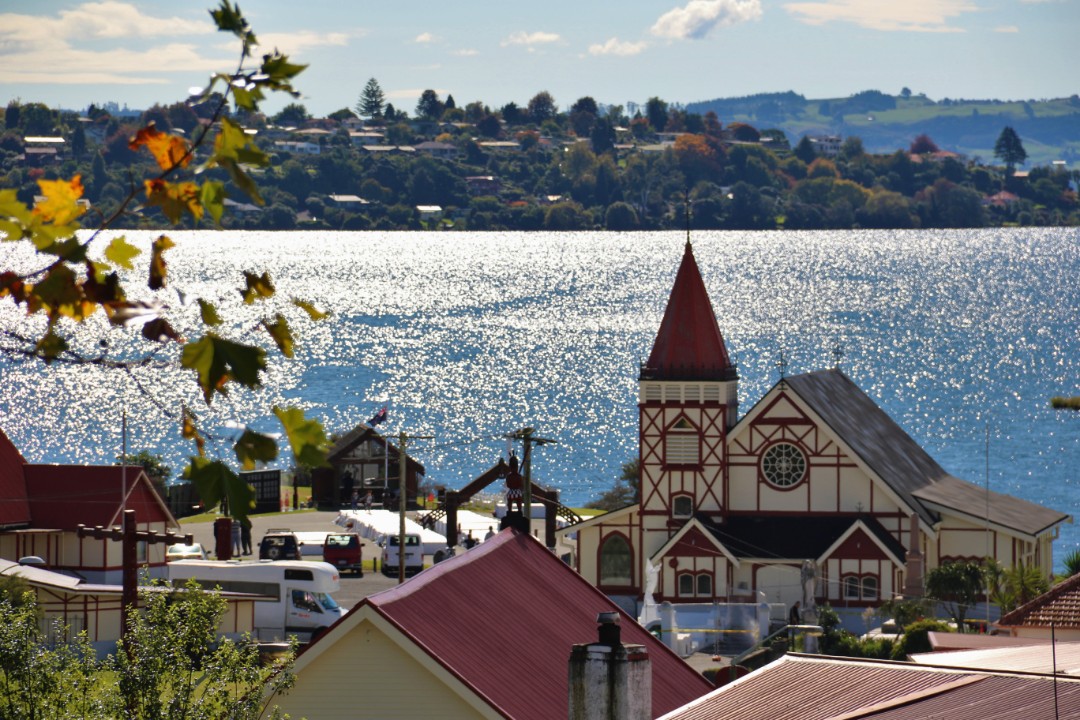
Community-led Adaptation Funding supports three more projects
A further three community-led climate change adaption projects are set to receive funding from Toi Moana Bay of Plenty Regional Council.
What you can do
Ko te rongoā kei roto i ō tātau ringa
Already in our hands are the remedies
We know that to make real and sustainable reductions to our greenhouse gas emissions, there needs to be change at all levels – international, national, regional, and local. We all have a role to play in building a better future for the next generation.

If you’re looking at how you can cut your own carbon emissions, Live Lightly is a great place to start. This website explores the many everyday choices we face and the related carbons emissions. It covers travel, energy use, food, general purchases, and waste.

Genless is another great resource, featuring stories, tools, and a whole range of actions you can take that will cut down energy-related greenhouse gas emissions - and benefit our climate, your wellbeing, and your pocket.

Visit FutureFit to get an idea of the impact of your lifestyle on our planet and see how your everyday actions can make a difference.
Related links
- Climate Change Action Plan
- NIWA climate change projections for Bay of Plenty
- Inter-governmental Panel on Climate Change’s Sixth Assessment report
- RLC Climate Action Plan
- WDC Climate Change Strategy
- He Pou a Rangi (Climate Change Commission) advice
- Bay of Plenty Community Carbon Footprint 2022
- Emissions Management and Reduction Plan
- Greenhouse Gas Emissions Inventory Report

